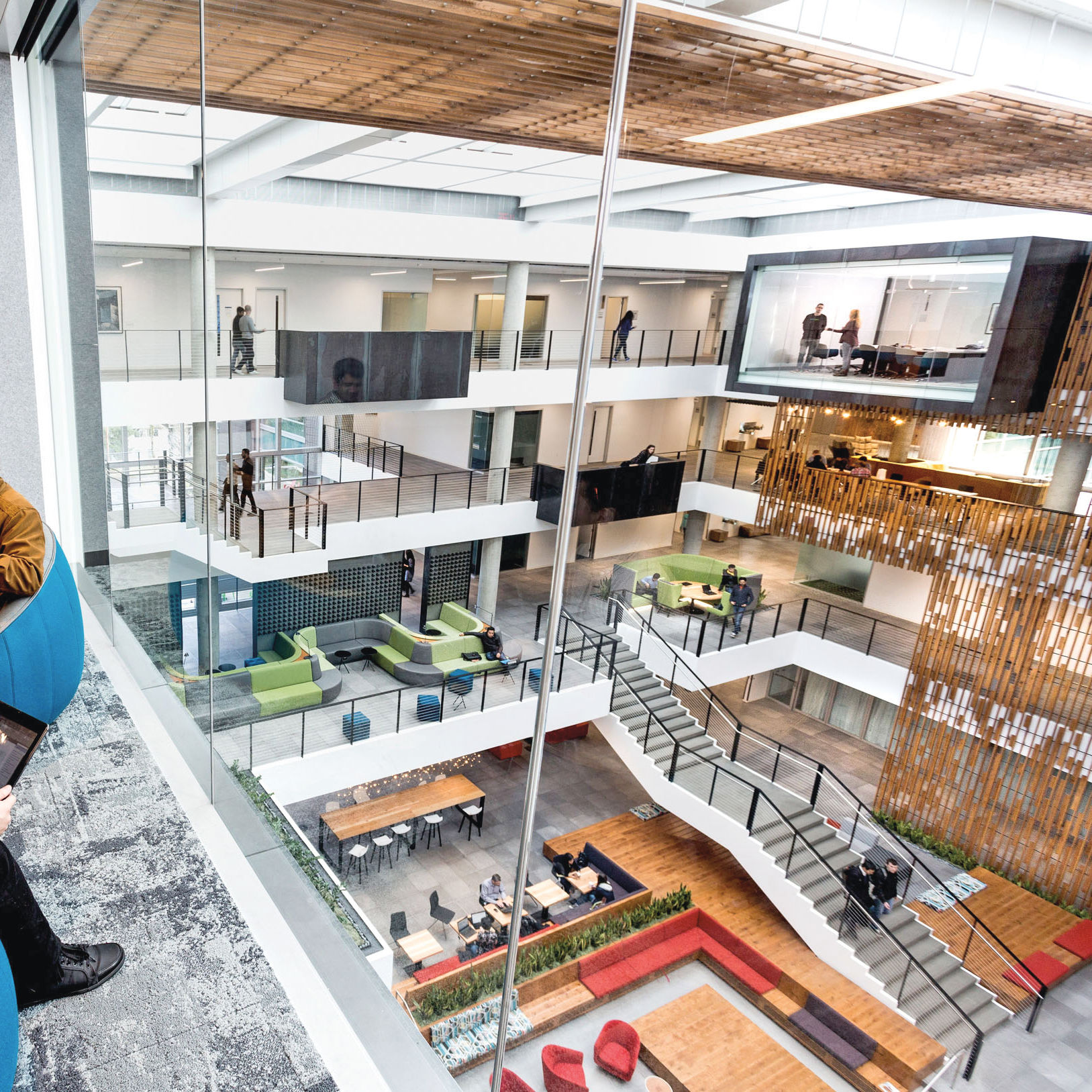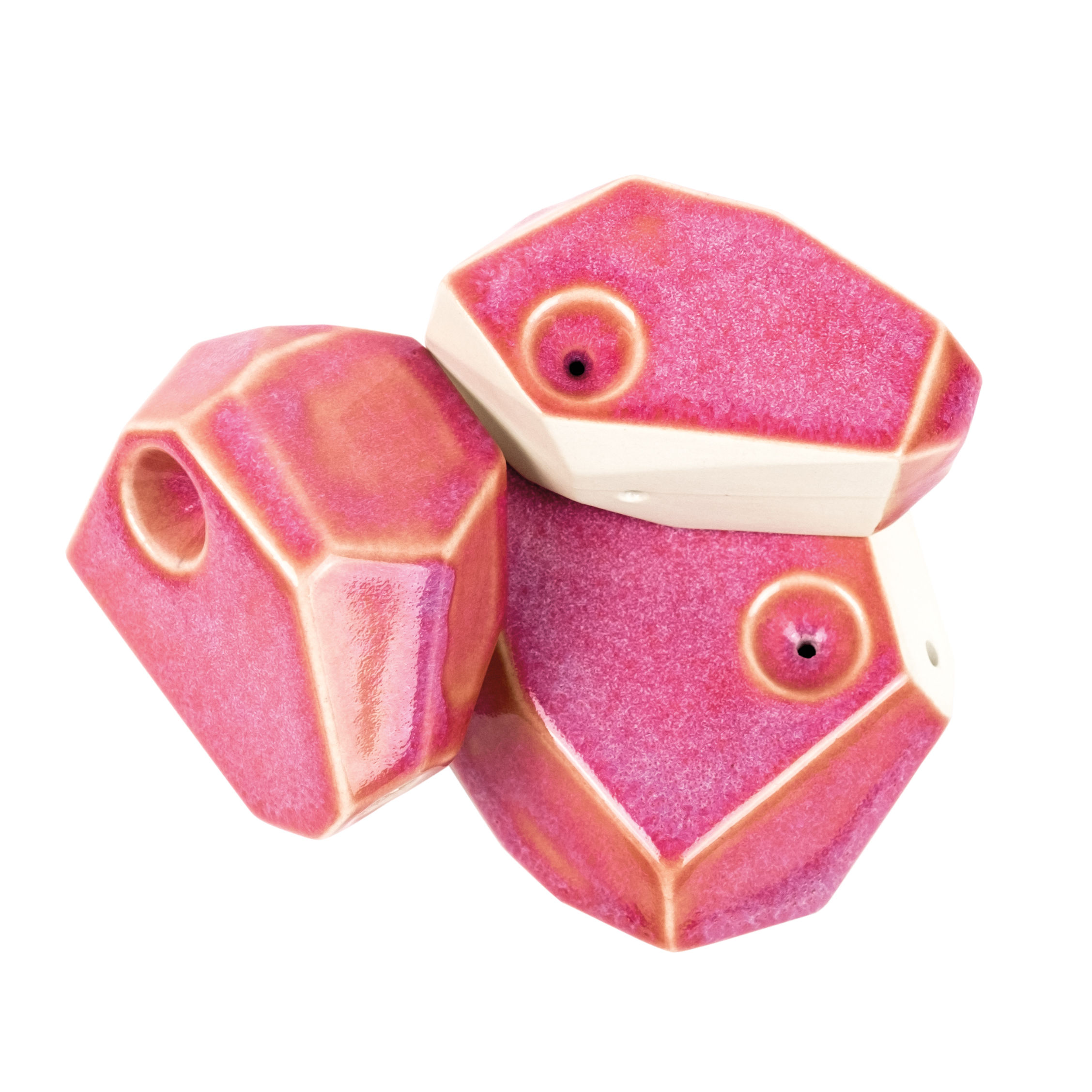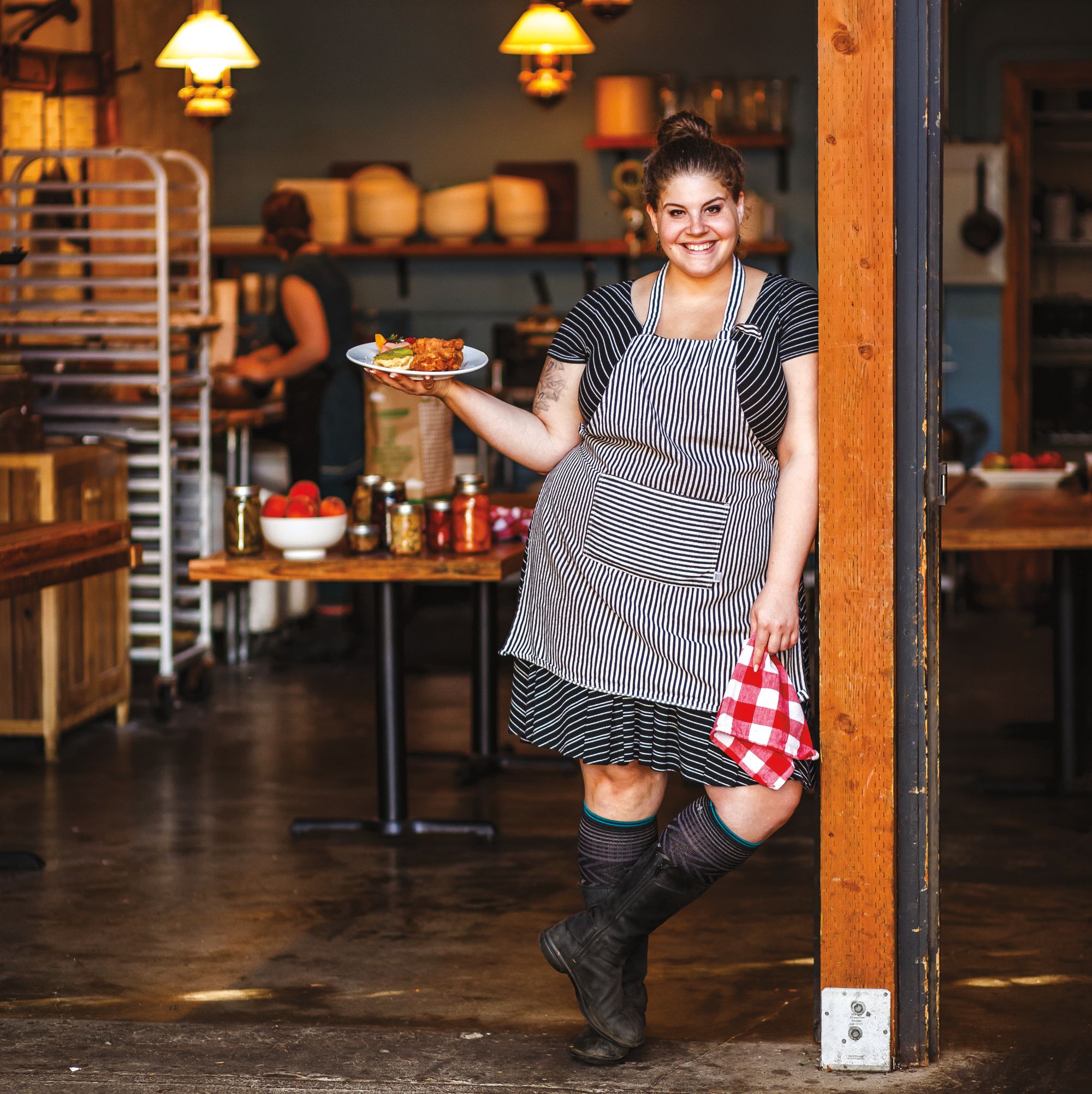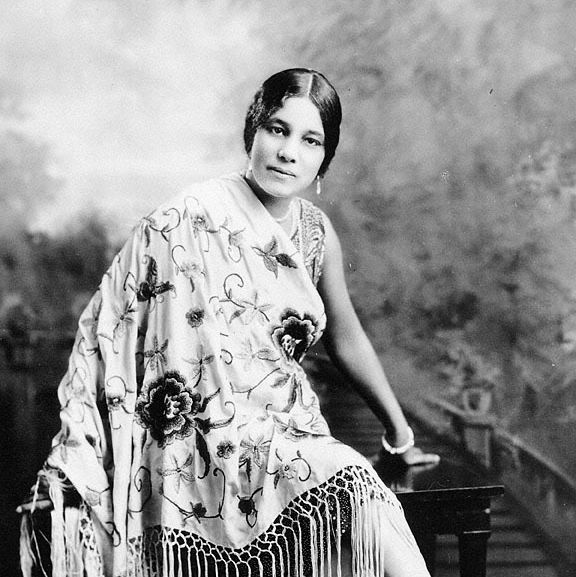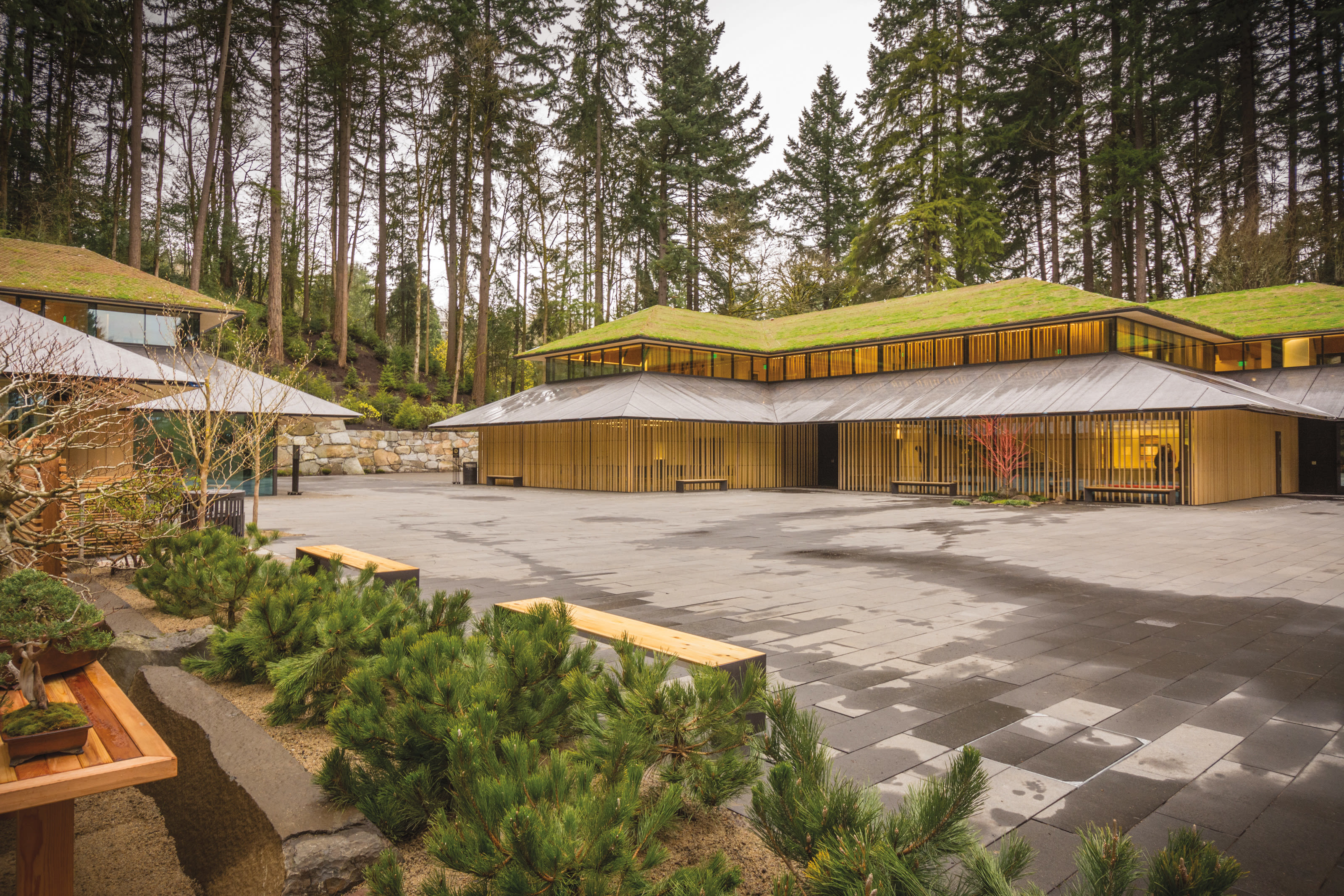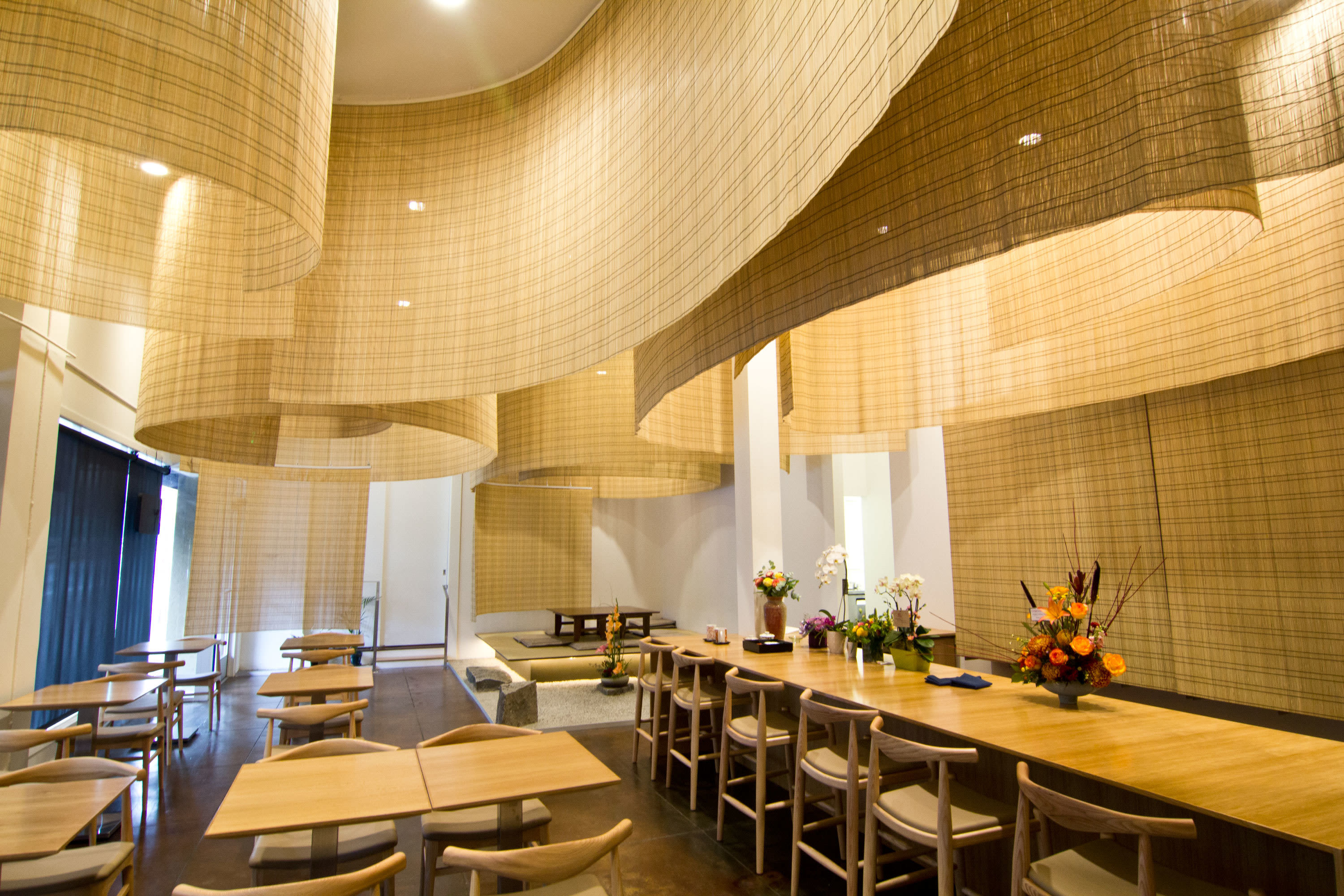Chef Naoko's Radical, Farm-Fresh Japanese Cooking Lures a Star Architect
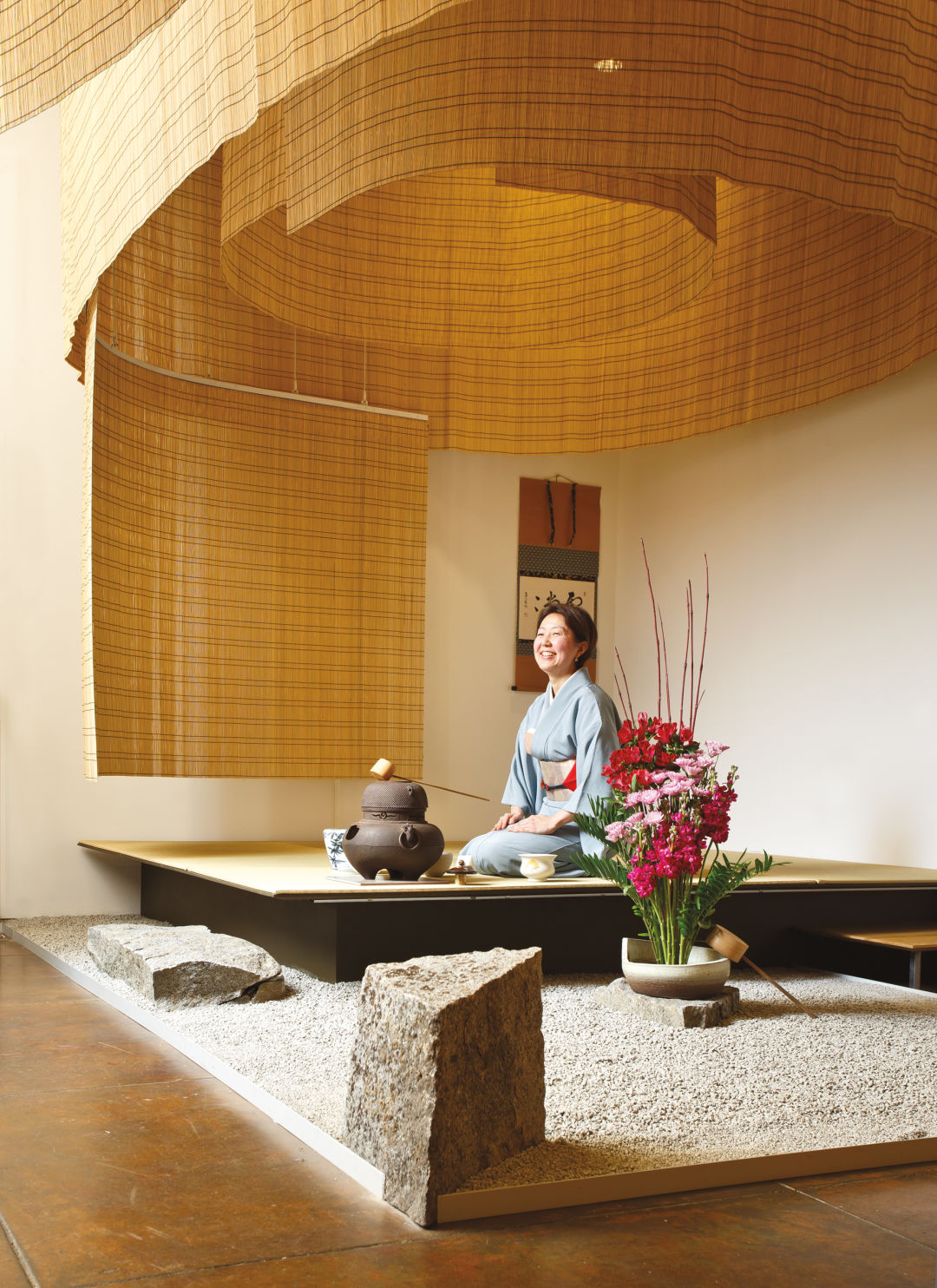
Naoko Tamura, a.k.a. Chef Naoko, prepares a traditional Japanese tea ceremony. Tamura hopes to make the labor-intensive ritual a signature in her new space, designed by esteemed architect Kengo Kuma.
Image: Stuart Mullenberg
Ten years ago, a cult of diners would duck into a dinky, dorky lunch spot to taste something amazing: Japanese bento boxes preoccupied with the beauty of Oregon ingredients. At Chef Naoko, your box might include oysters harvested fresh from Willapa Bay, fried to a righteous crispness. Her vegetables had better clearance than the National Security Council—vetted right on the farm, not just for flavor but for growing techniques.
Naoko Tamura, then fresh from Tokyo—her mother pioneered Japan’s natural foods movement—spoke limited English. But she found all the right people, the forward-thinking farmers and fish folks. At her café, farm-to-table found a fresh voice, filtered through the simple pleasures of Japanese home cooking.
Alas, the beauty ended there. Utilitarian to the core, the place had less style than a pair of Crocs.
Now, in a makeover worthy of reality TV, Chef Naoko’s kitchen on SW Jefferson Street has morphed from anti-space to high-design statement. In 2015, Tamura approached Kengo Kuma, the star Japanese architect who was busy transforming Portland’s Japanese Garden into an international destination with an addition set to open this month. Her budget was modest, but the pair clicked over a shared devotion to the natural world.
Charmed by her bold vision for healthy Japanese cuisine, Kuma agreed to design Tamura’s expansion next door between deadlines. Let’s attempt a metaphor: The 62-year-old Kuma is a highly regarded, in-demand architect, with daring projects from Shanghai to Sydney. He’s designing Tokyo’s 2020 Olympic stadium. Kuma reinventing a café at downtown’s frayed edge? It’s like Elon Musk helping a high school robotics club.
The newly named “Shizuku by Chef Naoko” opened in late fall, with dinner hours, more intricate dishes, a daily wild seafood sheet, multicourse options, and yes, higher prices. Bentos still rule the lunch menu, arranged with custard-silky wild salmon or splendid pork tonkatsu. We can still dig into juicy pork shumai clad in, of all things, jumbo oat flakes from Bob’s Red Mill (their earthy chew subbing for the imported noodle wrappers Tamura refuses to buy).
That was always a pretty genius dish. Except now, your sight line includes a contemplative stone garden, right next to the dining room’s “floating” tea platform. (Japanese Garden curator Sadafumi Uchiyama conceived the very intentional rake of gravel, rocks, and ikebana.) Meanwhile, a drama of mat-woven clouds swirls above. It looks like a bamboo forest turned sideways, then hung from the sky.
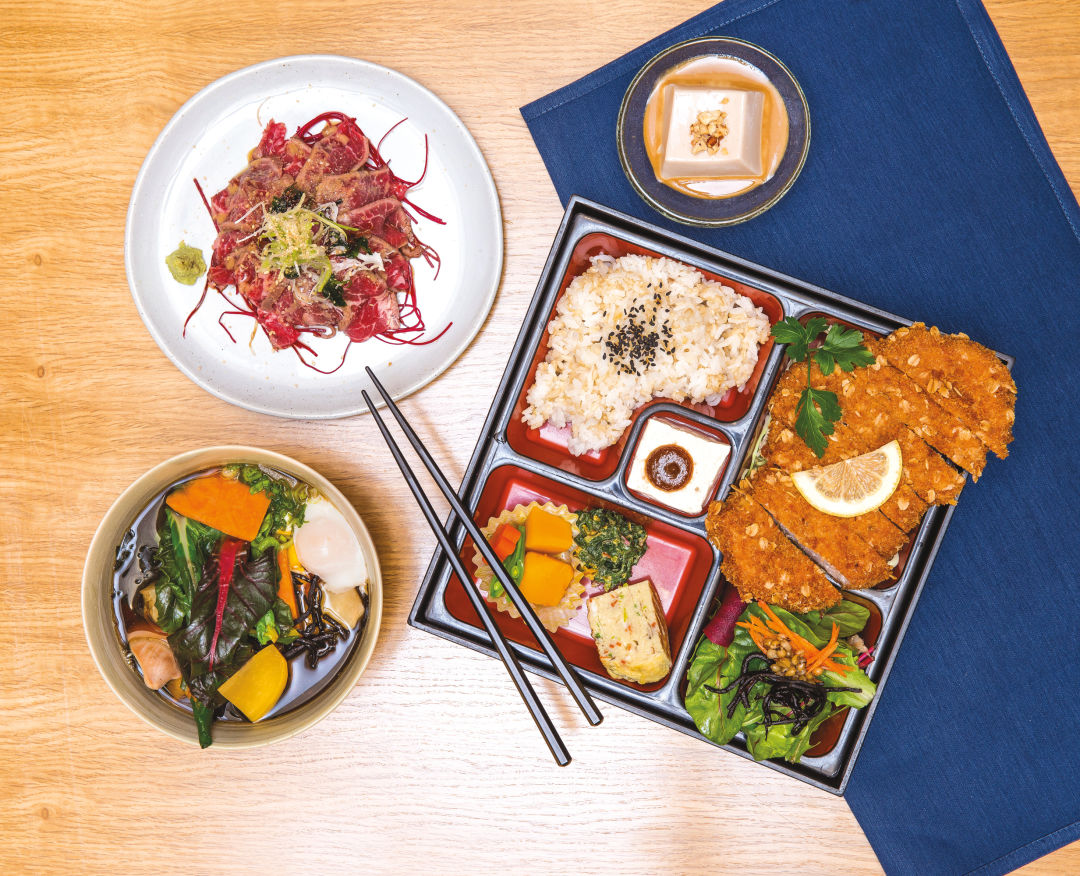
A quartet of Chef Naoko standouts (clockwise from top left): beef tataki; hazelnut tofu; bento box with crisp-tender pork tonkatsu; udon soup stocked with farm vegetables.
Image: Stuart Mullenberg
But to appreciate the Zen of Naoko, know this: thrill seekers need not apply. The new space includes no palate-bending reset button, no flavor dares or choreographed meals. Dinner feels like a date with your parents, a little stiff and awkward, not to mention good for you. A forlorn saxophone solo last heard in a bad 1970s movie drifts in the background.
That said, Portland has two radical Japanese restaurants, and Chef Naoko (as everyone still calls it) is one of them. Nodoguro (PoMo’s Restaurant of the Year 2015) repurposes Japanese ceremony into quirky food art. At Naoko, it’s the opposite. The art is unseen, embedded in the soul of this very Japanese but very Portland food. Who else makes seven kinds of miso—in flavors you’ve never heard of, chickpea to black soybean, organic and farm-grown—just to dab over a tofu block?
Speaking of tofu, the kitchen slices up old-school, Portland-made Ota. But Tamura also makes an intriguing version of her own, transforming bright, toasty hazelnuts (from Sweet Home’s La Mancha Ranch) into a kind of savory nut milk soft-serve rimmed with sesame miso. Never tasted anything quite like it. I’d come back just for the beef tataki, essentially a heap of paper-thin, flash-seared steak doused in dark soy, meaty juices, grated radish, and the piercing, vegetal boom of fresh wasabi grown on Oregon’s coast. This is Naoko’s answer to beef tartare—a pure umami high.
Tamura literally chews her way through the farmers market for ingredients. When she says: “I can talk to the vegetables,” somehow, you believe her. “They tell me what to buy, then I figure out how to use them.” Maybe that’s how snap peas or leeks snuck into her delightful tamago, typically just a plain sweet omelet. Meanwhile, sunchokes, kale, and whatever else yelled “eat me” from the stalls that day help define the kitchen’s supremely satisfying soup. While everyone in town fights for ramen bragging rights, Tamura kicks down the door with PDX’s best udon slurp. The broth doubles down on two kinds of dried mackerel, seaweed, and chicken galore (sometimes the whole bird), a soft-steamed egg, and an ineluctable mass of long, fat, chewy noodles. Note: lunch only.
Flubs are rare but not unknown, including desserts that could double as green tea toothpaste. But Naoko delivers on something perhaps larger and less tangible in a chaotic world, in a serene new space. No fighting is allowed in her kitchen, no negativity. “Happy vegetables passed to customers has a benefit,” she confides. “That’s my job.” Maybe that’s why I always leave smiling.




